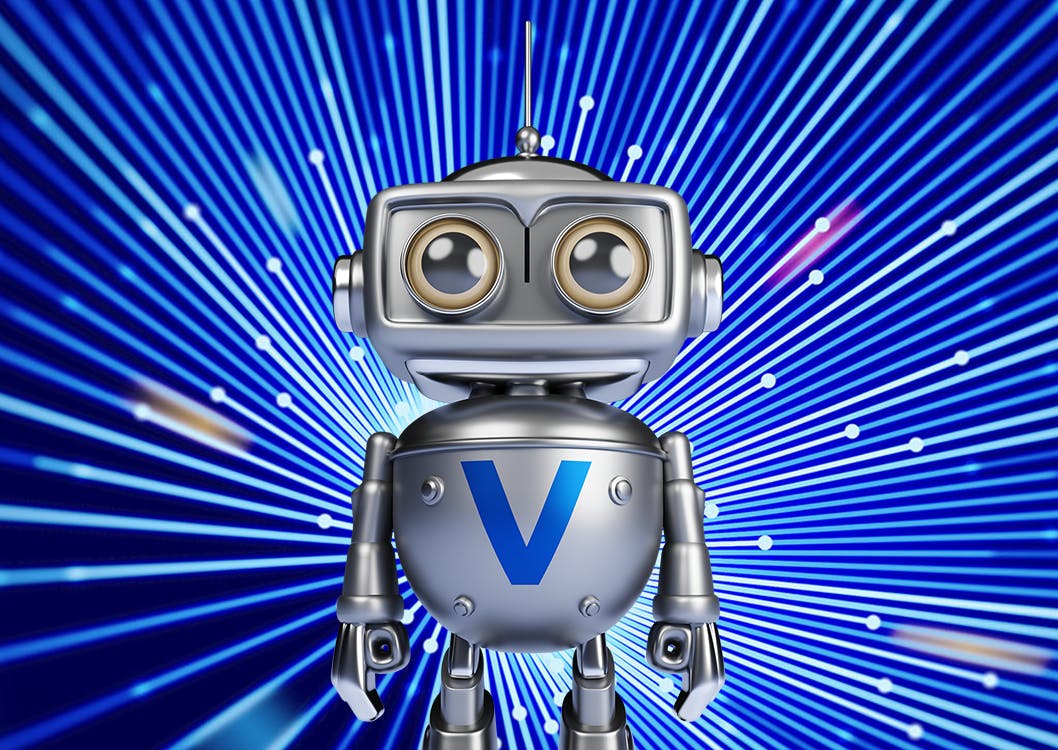
Containing, Suggesting, Assisting: Increasing Agent Capacity with Verint Bots


An incredible aspect of modern technology is the helping hand it gives to humans. In most cases, technology makes our lives easier—but not always. (I’m looking at you, restaurants that make me order via a QR code.)
It takes cares of tasks that we absolutely could be doing but prefer not to.
Much like a GPS helps us navigate so we can focus on driving, Verint’s team of specialized bots supports contact center agents so they can deliver better customer experiences. Each bot uses AI to carry out a specific task that helps to increase contact center efficiency.
That could involve handling a query without the need for human intervention or providing an agent with relevant information to swiftly resolve a conversation.
The purpose of every single bot is to increase agent capacity by removing tasks from their regular workflows and assisting throughout customer interactions. This ensures the swiftest and most satisfactory resolution possible for every party.
How the Bots Augment the Workforce
Verint’s team of bots all specialize in one task and do it very effectively. Sometimes that’s working on their own or working collectively to create smoother interactions for customers and employees.
Here are some examples of bots helping to increase agent capacity either by enabling self-service and containment or working in the background during a customer conversation to augment the agent.
Automation and Autonomy: No Need for Human Input
The Voice and Digital Containment Bots act as the gatekeeper for customer interactions, resolving the most straightforward, common queries and removing the need for escalation to a human agent.
Here’s how they work:
A customer has a query, such as tracking a retail order or booking a hotel room, and the containment bot responds when the first question is asked. It’s trained to understand the question and, in real time, provides personalized answers based on context learned from previous interactions between the organization and customer.
The information provided can come in the form of a tracking link or knowledge base article that gives all the information required—and ideally, leads to first-contact resolution.
In this instance the bot can handle the customer query because it’s trained on the business’ engagement data and has access to the customer’s history. It means that self-service is possible and by automating these conversations, agent volume is reduced by up to 30%*. Meanwhile, your workforce has greater capacity to handle complex cases.
Bots and Agents Working in Harmony
What happens when the containment bot can’t resolve a customer issue? The conversation should be transferred to a human. For delivering exceptional CX, a bot knowing when to escalate is as important as enabling a customer to self-serve.
In this type of customer interaction, multiple bots augment the agent over the course of a conversation, ensuring a smooth transition from bot to agent. Then they work behind the scenes to ensure the most efficient and satisfying experience for all involved.
The Conversation Owner Changes
The last thing a customer wants when being transferred to an agent is having to repeat everything they’ve just said to the bot. When the conversation changes ownership, the Self-Service Transfer Bot steps in and, using generative AI, provides a summary of everything that’s happened so the agent can handle the conversation with complete context.
The same process occurs when the Agent Transfer bots route a customer between agents in different teams.
Collectively, these bots make it fast and easy for agents to understand the customer intent, elevating both customer and agent experience. It also reduces operational costs by allowing agents to handle more interactions per shift—potentially saving millions of dollars in annual labor costs.
Improving Interactions Behind the Scenes
As the customer/agent interaction develops, the emphasis is on efficiently delivering the right answers at the right time. One thing that companies want to avoid is agents spending too long trying to find relevant information to resolve the customer query.
The Verint Knowledge Suggestion Bot is an agent’s best friend in this situation. It immediately recognizes the context of a customer interaction and delivers knowledge articles to an agent’s workspace, removing the need for a lengthy search and helping to reduce average handling time by 20 seconds*.
However, not all interactions go this smoothly. Whether a customer reaches out with a complaint, or a conversation doesn’t go as planned, the Coaching Bots are on-hand to rescue the situation.
They offer real-time guidance in a similar way to the Knowledge Suggestion bot, but instead of knowledge content, they offer guidance toward better outcomes by using Verint DaVinciTM AI to analyze real-time AI transcriptions of conversations.
Each of the four bots specializes in a different situation:
Complaint Handling Coaching Bot: Delivers real-time guidance on best practices in the event of a customer complaint—avoiding escalations and customer churn.
Compliance Coaching Bot: Helps agents improve their adherence to compliance policies and processes.
Performance Coaching Bot: Improves agent behavior in-the-moment to adjust the direction of a conversation by offering next-best actions.
Sentiment Coaching Bot: Detects the content and context of a conversation and guides an agent to improve customer sentiment during interactions.
Whichever of the four bots are delivering guidance, they increase an agent’s capacity by reducing handling time and improve their experience—offering support where needed to navigate difficult interactions.
After-Call Housekeeping
Even though an interaction has ended, there’s still work to be done. A crucial ingredient for delivering personalized interactions is historical context. It means the next agent or bot handling a query knows exactly what’s happened in the past and can tailor their responses accordingly.
The task of writing post-call summaries generally falls to agents. So, alongside helping the customer, they also need to remember the majority of what’s said and spend 30-90 seconds writing it up afterwards.
The Interaction Wrap-up Bot instantly increases your agents’ capacity by eliminating the need for after-call work. The transcript is fed into the bot, which uses generative AI to write a short summary of the whole conversation.
The agent can then add any extra details, sign off on it, and the summary is added to call notes—ready for the next time the customer reaches out.
The result is an estimated 60 second reduction* in post-call work, more consistently accurate records of customer conversations, and happier agents because they no longer need to do mundane, manual summaries of every conversation.
Which Verint Bot Works Best for Your Organization?
Each of Verint’s specialized bots performs a specific task that delivers extra capacity for your organization. They drive productivity, elevate CX and can deliver exceptional ROI. The only real decision is which one to implement first…
Learn more about Verint’s team of AI-powered bots.
*Verint estimate of potential ROI benefit of proprietary specialized bots

